Insights from Joining the Cast of Fiddler on the Roof
In the captivating world of live theatre, the bottle dance from Jordan Fein’s Olivier award-winning production of Fiddler on the Roof is no easy feat. According to Julia Cheng, the choreographer, no performers in this show have resorted to gimmicks like Velcro or magnets. “We’ve never dropped a bottle in performance, either,” Cheng remarks as she carefully places a half-full glass bottle atop a hat I’m wearing, reminding me to concentrate on my core strength. As the bottle precariously balances, I can’t help but resonate with one of Joseph Stein’s poignant lines: “God… I know we’re your chosen ones, but sometimes I wonder if you couldn’t have chosen someone else.”
The rehearsals, taking place in a bustling studio in Peckham, South London, carry a sense of gravity. Cheng suggests that, contrary to popular belief, the bottle dance is “easier than it looks.” Still, I wisely choose not to tempt fate by attempting a knee bend.
Fein’s dynamic staging of Fiddler, currently at the Barbican Theatre in London before embarking on a nationwide tour, premiered at Regent’s Park Open Air Theatre last summer during a time of heightened sensitivity due to the Israel-Hamas conflict.
The cast, featuring the music of Jerry Bock and Sheldon Harnick, embodies the struggles of life in a Jewish shtetl in early 20th-century Russia, as the milkman Tevye navigates marrying off his daughters. Amid rising tensions, the theatre imposed a ban on political discussions among cast members, implementing additional security to mitigate concerns of antisemitic disruptions.
“It felt very exposed,” states Lara Pulver, who portrays Golde, reflecting on the outdoor nature of the productions. Adam Dannheisser, depicting Tevye, concurs, expressing a communal responsibility to ensure the safety of both the audience and performers. Though security remains in place, Dannheisser feels that the current atmosphere does not make them a major target.
Fiddler blends joyful musical numbers with moments of profound sorrow. During the rehearsal for “To Life,” I am reminded of the show’s uplifting spirit. Notably, Lin-Manuel Miranda delighted his wife at their wedding with an unexpected performance of the song, showcasing its universal appeal. “It’s my favorite scene,” says Pulver enthusiastically, despite not being a part of that specific moment.
The wedding scene, featuring Tevye and Golde’s daughter Tzeitel, brings out a playful side in Dannheisser and Pulver as they dance together, embracing the fun. “We get our moves on, don’t we?” Pulver laughs, while Dannheisser admits, “We’re just being foolish together, laughing for real.”
As Pulver and Dannheisser’s camaraderie deepens through their performances, they recall last summer’s run where she took on some nurturing roles offstage, even preparing meals for him. “She roasted me a chicken,” he shares, with Pulver acknowledging, “I was absolutely the Jewish mother.”
Cheng’s choreography shines during the wedding party scene, where traditional klezmer folk dance elements are both celebrated and reinvented. “Everyone dances and sings,” Fein explains. “That’s how they cope and express their emotions, be it joy or sorrow.”
Incorporating personal elements, Cheng’s choreography features a family tradition from Fein’s lineage, adding a touch of authenticity to the performance. Fein recalls a fond memory of his father’s bar mitzvah, recalling that the exuberance of his relatives almost damaged the dance floor. As we practice a jump shared among the group, I am taken by surprise when lifted high in the air, reminiscent of a traditional Jewish wedding.
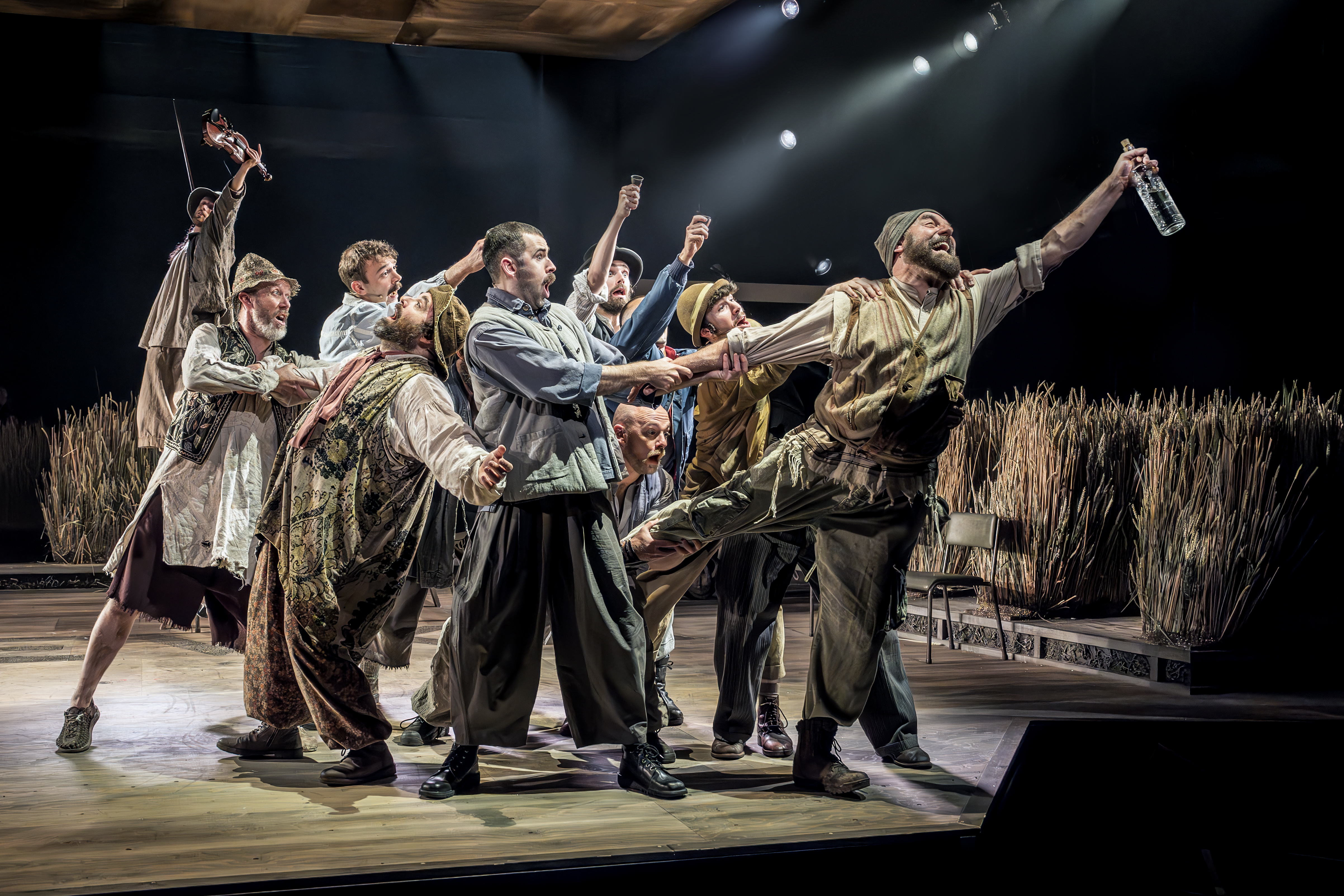
While Fiddler on the Roof is steeped in Jewish culture—complete with a rabbi consultant to ensure the production remains true to its heritage—Fein emphasizes its broader themes. He describes it as “ultimately quite a secular story… about how families should be together and care for one another.” The intention behind the design elements is to merge traditional aspects of shtetl life with a contemporary twist, leading to a dynamic blend of aesthetics on stage that speaks to both heritage and modernity.
As the production transitions to indoor venues, Fein looks forward to an immersive experience. He likens the narrative to a ghost story, reflecting on Anatevka’s destruction and the haunting legacy it leaves amongst its people. Fein notes, “When you listen to Tradition at the show’s outset, it’s as if Tevye is summoning his ancestors, lending weight to the performances to come.”
The casting calls were designed to attract performers with connections to Jewish culture, resulting in a diverse mix within the cast. “There’s a broad spectrum of Jewish identities represented,” Fein states, highlighting how this adds depth to their portrayal. The age range of the cast—from 18 to 75—provides varied perspectives on Jewish identity and shared experiences.
In discussions with Beverley Klein, a veteran of the West End and Yente in the show, Fein reflects on generational differences in understanding cultural histories, illustrating how familial conversations evolve over time. Klein revealed her parents’ reluctance to discuss their backgrounds, contrasting with Fein’s upbringing, where such histories were paramount.
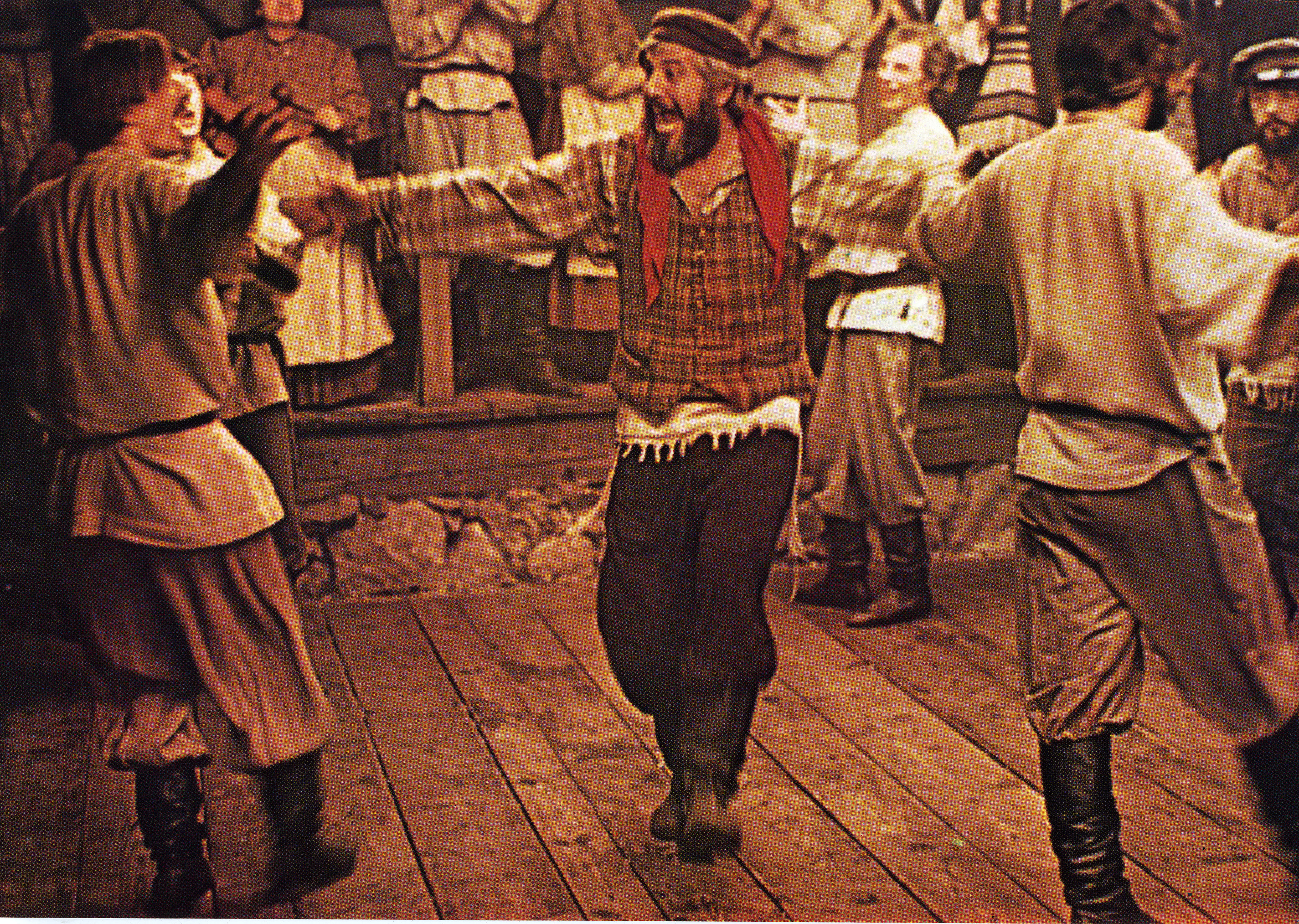
For Dannheisser, the role of Tevye is deeply personal; he shares his ancestry connects directly to the setting of the story. The weight of the narrative settles heavily, particularly during a rehearsal that leads to devastating events that shatter the initial joy of the celebrations. Witnessing this juxtaposition of happiness and sorrow is emotionally charged, leaving a lasting impression on him as a performer.
Reflecting on his own family history, Dannheisser is reminded of loved ones lost during the Holocaust, each performance serving as a tribute to their memory. As he prepares for the future of the role, he recognizes the importance of living in the moment, stating, “There’s not a show that I don’t think of someone who was part of my past.”
Chaim Topol remained beloved for his portrayal of Tevye into his seventies. However, when Dannheisser concludes his run, he intends to pass the torch, acknowledging life’s changing nature as he shapes his family’s future, asserting, “I’ve played Tevye at the right point for me, as everything I once believed is evolving. I’m a 54-year-old father watching my children grow into their unique selves.”
Fiddler on the Roof continues its run at the Barbican in London until July 19, followed by a national tour from July 24 through January 2026.
We invite you to share your latest theatre experiences in the comments below and follow @timesculture for the newest reviews and insights.
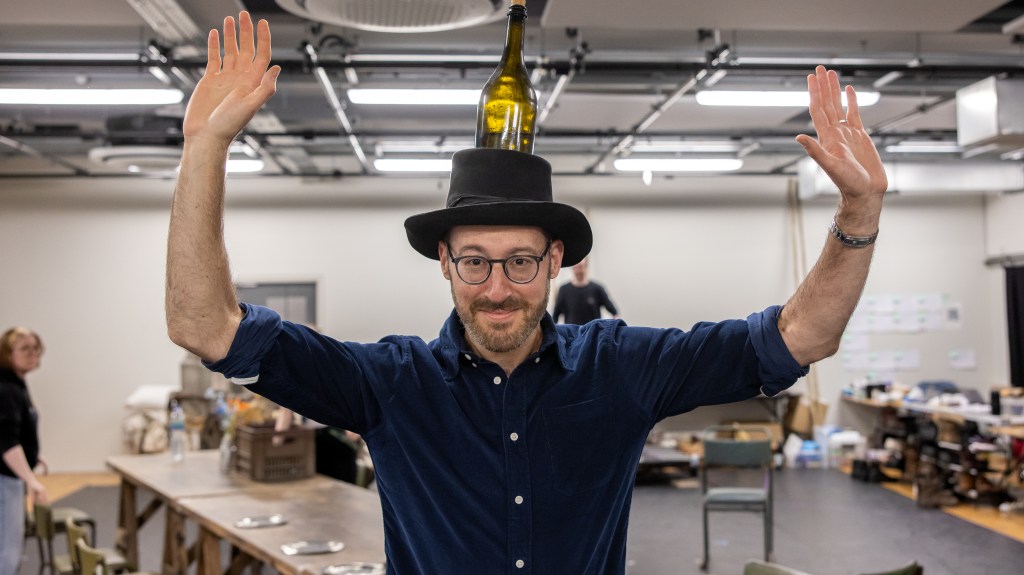
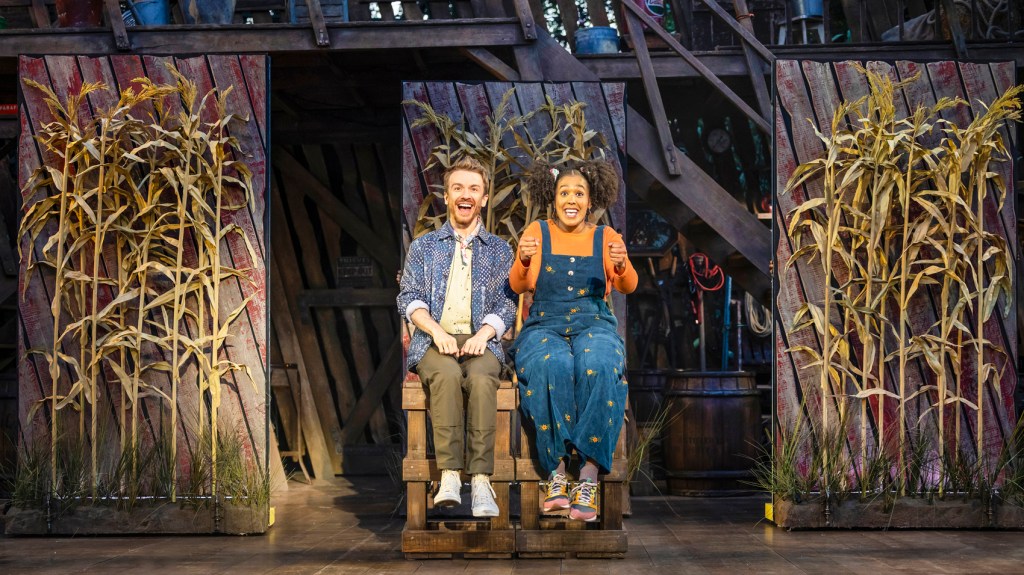
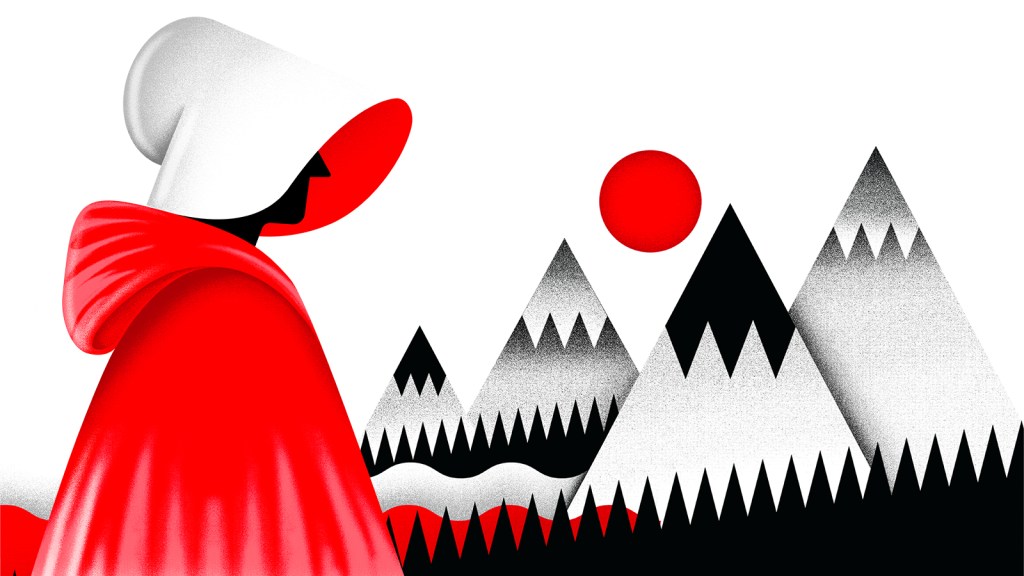
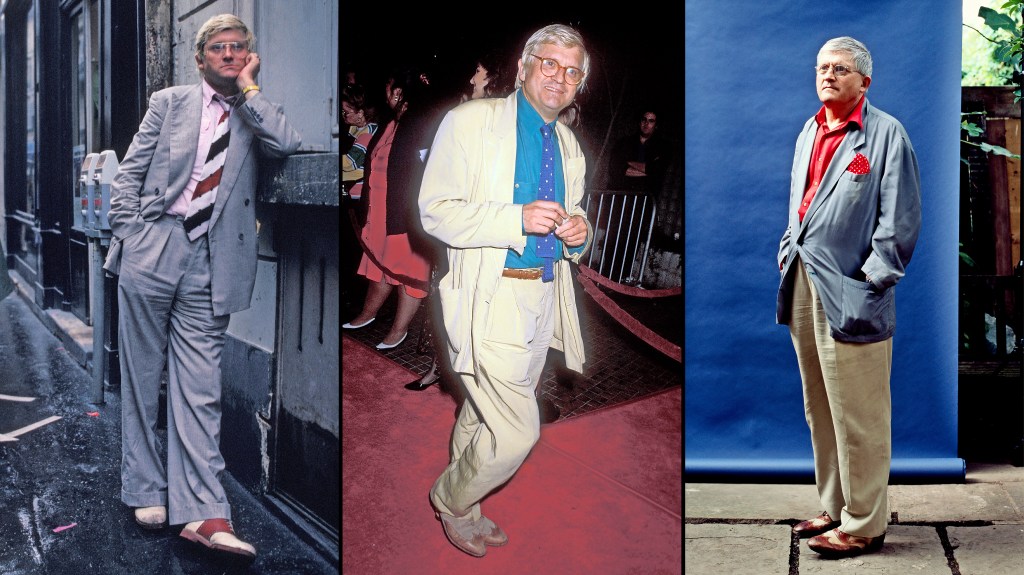
Post Comment